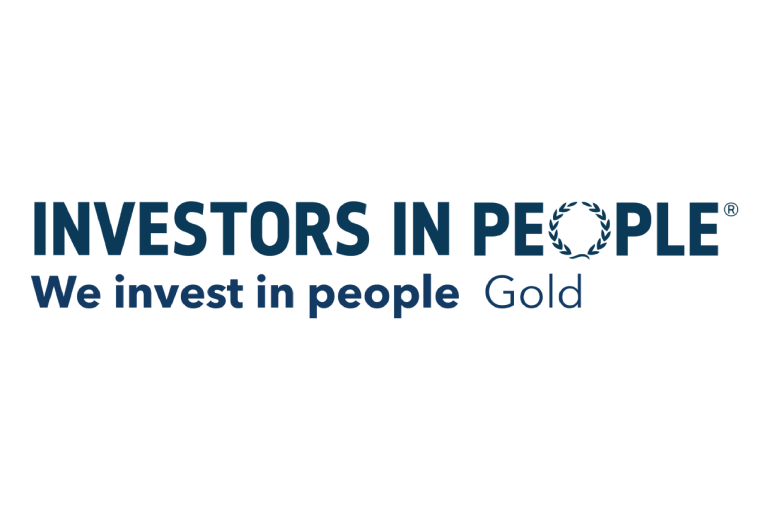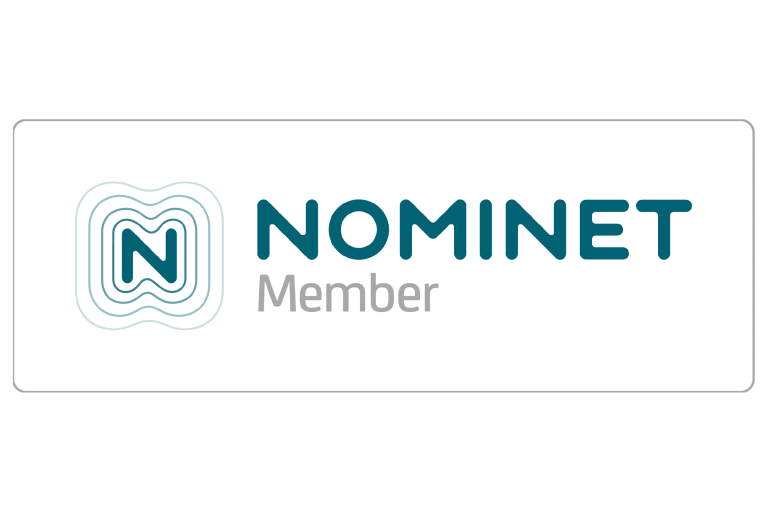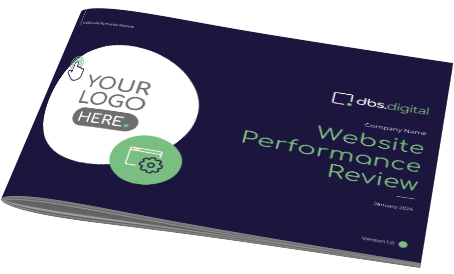User Experience (UX) focuses on the end user’s experience and responses to a company’s product or service. The main criteria we look at when considering UX are ease of use, accessibility & convenience as these combined contribute to the overall experience a customer has. Let’s go into a bit more detail with regards to UX design and how you can put customers at the forefront of your design process.
Types of UX Design
UX design is the process of improving a customer’s level of satisfaction with a product or service by improving the convenience, ease of use and functionality. It is all about creating that meaningful interaction with customers, and there are several ways of achieving this:
- Interaction design – this refers to the interaction between a user and a product, with the aim of it being a pleasant experience.
- Visual design – this is just as it sounds, using visual elements such as images, videos, typography and space layouts to create an impactful visual experience.
- User research – this is where companies determine the wants and needs of their customers. Not only should the product or service they are selling solve a problem, but their website needs to as well.
- Navigation – this is all about customers being able to find the information they need, and quickly. Information should be clearly structured & labelled for ease of use.
UX Design Principles
While User Experience is constantly evolving and new technologies allow us to keep improving UX, the core UX design principles remain the same. Less is often more, and designers need to strike that balance between meeting the needs of users, whilst also being intuitive. The core principles that help designers to be consistent and focused when it comes to UX are:
- Be contextual: users need to know exactly where they are in their journey, and the design should help guide them through this process.
- Think like a human: no user wants to feel like they are interacting with a robot. Ensure the brand’s personality is clear, helping to build trust with the user.
- Make things easy to find: no one has time to spend trawling websites to find what they are looking for. The simpler you can make the experience, the better.
- Be easy: consistency is really important in UX design. The experience should be enjoyable and easy, building a relationship along the way.
- Keep it simple: try to steer clear of unnecessary pop-ups, text and jargon as otherwise users will get bored quickly and leave the site.
If you follow these UX design principles you won’t go far wrong, but let’s have a look at the actual UX design process in further detail.
UX Design Process
The main thing that should be at the heart of the UX design process is the human element. Everything you create should be human-centered, considering the needs of the user and creating solutions that resolve any issues they may be facing. That sounds like a lot to focus on doesn’t it, so let’s break this down even further into individual steps.
Identify your user’s pain points
Just like you spent time researching your customers when creating your product or service, UX design is all about understanding any pain points your users may have, and creating a solution to solve them. Rather than changing the behaviour of your audience, it is all about delivering an experience that accommodates this.
There are a few ways to gather user research: interviews, online surveys, creating user personas, mapping out user journeys, creating website wireframes, prototyping.
Create UX deliverables
After you have carried out your customer research, it is time to create deliverables for both an internal team and external clients to review. This can take place either during the design process to ensure everything is on track, or at the end of the project. UX deliverables are tangible records, helping UX designers to communicate both their findings and their design ideas. This makes it clear for everyone involved in the project exactly why changes and improvements need to be made.
These deliverables can be broken down into smaller categories: user research, competitor analysis, interaction design, information architecture (organising information in a way that is easy to understand).
UX Research
Now we have mentioned research quite a lot within this blog, and for good reason! Before the design process even begins you should have a clear understanding of your users and what you are trying to achieve with UX design. The main way to carry out UX research is usability testing. This is giving users the chance to test how a product works, which can quickly identify any flaws that you may not have even thought of.
A couple of usability tools that we recommend at DBS Digital are: Crazy Egg & Hotjar. They are both fairly similar in the way that they record visitors when they arrive on a website, allowing you to gain insights into where they are clicking, how far they are scrolling down a page, and their session duration. The main difference between the two is that Crazy Egg can also identify where the site visitors are coming from, and if they were referred from another site.
How To Enhance UX Design
Through the use of usability tools like we have just mentioned, user experience can always be improved. Some of the most common ways to improve user experience include:
- Determining calls to action
- Implementing responsive web design
- Avoiding overwhelming data entry
- Reducing the time taken for a user to click to a target area on the website
As technology continues to grow, UX design will continue to provide seamless experiences across the web. It has never been more important to assess how your users are viewing your website or mobile app, and improving their journey and interaction with your brand. For more information on how DBS Digital can help improve your website’s UX design, get in touch with our experts.









